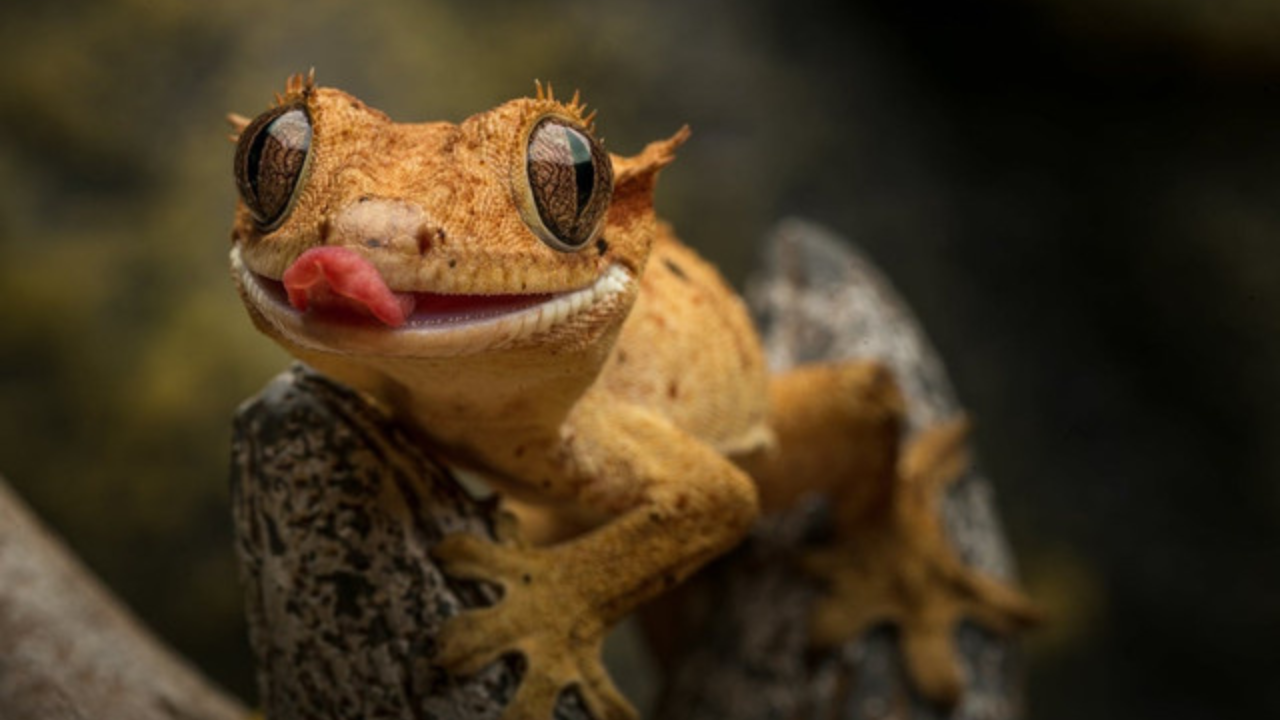Crested Geckos Profile: Care, Diet & Everything Else
Apr 13th 2024
Crested geckos are wonderful pets with nuanced behavior, striking looks, and straightforward, delicate maintenance.
If you are thinking about sharing your home with one of these cute creatures, this complete care guide from TopFlight Dubia will give you all the information you need regarding feeding, enclosure setup, and much more.
That said, let’s get to know more about them!
Life Span Of Crested Geckos
Under proper observation, these sharp creatures can live up to 15 to 20 years. Proper care includes the right environment, a balanced diet, attention to health, and regular check-ups.
Caring for geckos requires a significant time investment, but once you show them your love, they become your lifetime friends.
Crested Geckos Diet Plan
Our beloved friend needs a healthy diet to ensure a long life. Let’s find out what they prefer to eat.
What Can They Eat?
They feed on plant and protein matter and are classified as omnivores. They also prefer to eat fruits and insects such as Dubia roaches. Here is a look at their diet plan:
Prepared Diets: Commercial diets are undoubtedly one of the best choices because they are complete and contain all the necessary ingredients for the pet’s diet.
Fruits: They consume many different fruits, such as mangoes, papayas, and bananas.
|
NOTE: These fruits should only be fed occasionally. |
Insects: Crested geckos can eat Dubia roaches, crickets, and mealworms.
How Many Times Per Week Should They Eat?
These pets have specific feeding patterns that depend on their age and health:
Juveniles: Provide them daily with fresh live insects and prepared diets.
Adults: Feed the patient food, ideally, 3-4 times a week, focusing on the type of meals offered.
Pro Tip: You should watch your gecko eat because this is the best way of noticing whether the animal has a proper diet. Even if your pet is not eating, you must look into its terrarium for signs of stress or illness.
Caring Requirements For Crested Geckos
The key to adequately caring for your pet is its habitat. Care of other things like handling and cleaning is also essential.
Housing Requirements
Geckos need a comfortable environment, so you must create the right habitat for them. Follow these tips to set up the perfect home:
Enclosure Size: A 20-gallon tank with cubbyholes for climbing is perfect for a single adult.
Temperature & Humidity: Keep the room temperature between 72°F–78°F and around 50-70% of humidity.
Substrate: Reptile-safe substrates like paper towels and coconut fiber are a must.
Things To Be Taken Care
Here is the list of most essential things that can’t be neglected at all:
- Lighting: However, they do not require UVB lighting, and the natural day-night light cycle should be provided.
- Cleaning: Mild cleaning needs to be done at least once daily, and thorough cleaning at least once a week.
- Handling: Gently handle your geckos at least once a week to build trust.
Pro-Tip
Crested geckos are nocturnal, so you will catch them mainly eating at night. Offer the geckos clean and fresh water, and always ensure that the food offered to them is fresh and any leftovers are removed to avoid rotting and causing a foul smell in their enclosure.
Dubia roaches are perfect protein sources for the Crested geckos because they are rich sources of various nutrients and easily digestible. Feed your beloved reptiles with Dubia roaches once or twice weekly. TopFlight Dubia has a premium collection of different sizes of roaches. Explore the collection to feed the geckos the best quality of food.
Must For Pet Owners
Some things will help you strengthen your bond with your pet even more. For example, when taking care of your pet, don’t be in a hurry to do it as your task; rather, do it as a fun, responsible activity.
Try to stay consistent with feeding and cleaning. Regular health check-up is highly recommended.
The Final Touch Of Care

These fascinating creatures are excellent for beginner pet owners and other experienced keepers. With adequate care, feeding, and lighting, striped geckos can live for several years.
Remember that keeping your pet happy requires understanding what is best for it and constantly monitoring it.
Take care of them and ensure a lifetime friend.

